Have you ever seen one of your students do something absolutely BRILLIANT…and then never do it again? I’ve seen some of my kids come up with awesome strategies on their own, only to completely forget about them the next time they’re tackling a similar problem. I’ve also seen kids apply a strategy to one particular task, and then not even attempt the same strategy in a slightly different context.
This can be super frustrating, especially because we spend so much time trying to teach kids strategies. We teach decoding strategies (“Look for a part of the word that you know”), comprehension strategies (“Picture this scene in your mind”), math computation strategies (“Try to make a ten”)…the list goes on.
We can teach strategies until we’re blue in the face, but it makes no difference if our students aren’t using them. So how can we get our kids to a) remember strategies and b) apply them in a variety of contexts? Here are 3 things I do to help my kids hang onto and apply strategies:
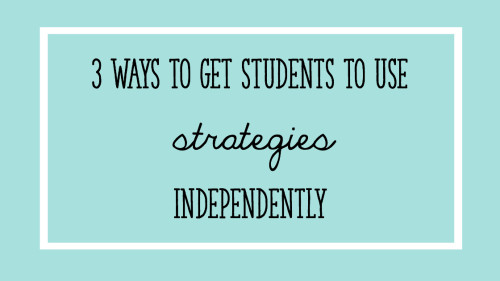
Explicitly State The Strategy At The Beginning and End Of A Lesson
When I plan minilessons (whether for reading, writing, or math), I try really hard to distill them to one key point. I ask myself, “What is the one strategy I really want kids to take away from this lesson?” This helps me focus my lesson and focus my students’ attention. I come up with one phrase or sentence that states, in a kid-friendly way, what I want my kids to be able to do after the minilesson. I try to keep it short, too. (I teach primary-aged kiddos!)
Once I have my strategy “catch phrase,” I make sure to explicitly state the strategy I’m teaching at the beginning and end of the lesson. The rule of primacy states that people tend to remember best information that they hear first and last. I structure my lessons like this:
- State the strategy I’m going to teach very clearly (Example: “Today I’m going to show you how I solve two-digit addition problems by turning one number into a ‘ten’.”)
- Instruct students in how I use the strategy
- Restate the strategy again (Example: “Today I showed you how I add two-digit numbers by making one number a ‘ten.'”)
I almost always use this structure of, “Today I want to show you how to (accomplish said task) by (using said strategy).” This structure tells kids not only what strategy they should be using, but when/why they should be using it.
Another great activity to add into this structure is to have the kids restate the strategy in their own words to a partner. This is a quick way to get kids talking and see how they understood the lesson.
State Aloud What You See Students Doing, Right After They Do It
When your students are working independently (and hopefully using the strategies you’ve taught), closely watch what they’re doing. When you see a child use a strategy, instead of giving generic praise, restate what the child just did.
As a reading specialist, I do this a lot to reinforce my instruction of reading strategies. The other day, I saw one of my students blend two sounds to make a syllable. This is something I absolutely want her doing – it’s one of the key foundational skills for reading in Spanish! I didn’t stop her mid-book, but after she was done reading, I returned to the page where she used the strategy. I said something like, “When you got to the word ____, you weren’t sure what it said. So you made the sounds for these two letters and put them together to make __. Then you knew the word was _____! Blending the sounds together really worked for you.”
Sometimes kids don’t realize that they’re using a strategy, even if they’re using it brilliantly. Stating aloud what you see them do can help your students become more aware of their strategy use (and hopefully repeat the same behavior in the future).
Make Kids Aware of How Their Peers Are Using Strategies
Catching kids being good and pointing it out to the entire class is something that we do quite frequently. You can also apply this same technique to help kids learn and use strategies!
When I notice a child using a particular strategy effectively, I try to point it out to other students. I also try to help my students make connections by saying things like, “Do you remember the ‘get to a ten’ strategy we practiced when adding numbers? I just noticed Samantha using it to subtract! She took the same strategy and used it in a different way.”
If my students are working at their seats and I’m walking around the room, I might say, “Wow, Colin, I see you are (achieving goal) by (using strategy). That’s really working for you.” Then, other nearby students overhear and can try the strategy too.
Sometimes if many kids in the class are struggling with a task, I pause and ask for their attention. Then, I state a strategy that one particular student is using successfully. Or…confession here…I tell a little white teacher lie! If all of my kids are totally stuck on something, I’ll say, “You know, I saw someone try ______, and that was really working for them!” (even if I haven’t seen anyone trying the strategy!) Yes, I know, shame on me for fibbing, but this has helped my kids get back on track on more than one occasion!
The “wrap up” portion of a lesson is another great time to draw kids’ attention to strategies their peers used. You can point out what you noticed, have kids share about their own strategies, or even have kids share what they saw other students doing.
Other Ideas
There are tons of other great ways to get kids using strategies. Anchor charts and strategy card rings (like the one pictured, from my 2nd grade reading workshop units) also work really well.
What would you add to this list? How do your get your kids to actually use the strategies you teach them?

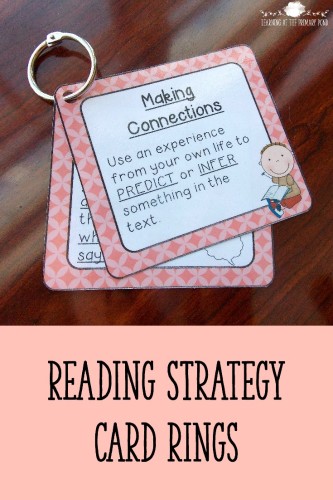
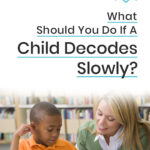
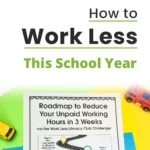
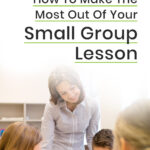
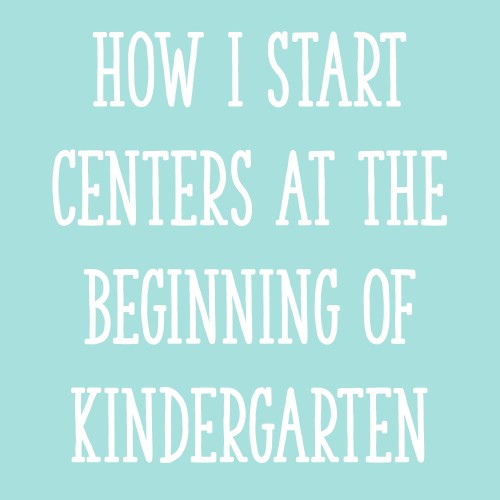

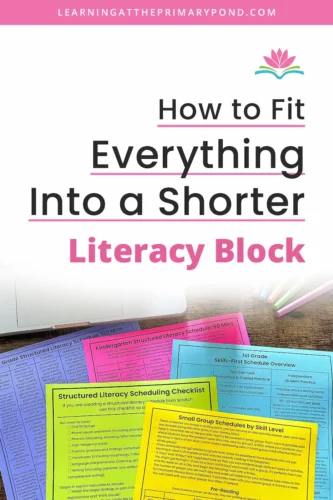






Alison, thank you for writing this post! I really love your first strategy. I always state my objective in the beginning of my guided reading groups, but I have to be honest and say that I am a tangent person. So it’s easy for me to get side-tracked. Your post is going to help me to refocus a little bit more.
Thanks again!
Sharon Dudley, NBCT
Teaching with Sight
Hello Alison,
Do you have reading strategy cards for 1st grade?
Hi Felicia! I have them here: https://www.teacherspayteachers.com/Product/Reading-Workshop-Toolkit-for-Kindergarten-and-First-Grade-2100298
Let me know if you have any questions! 🙂
Alison